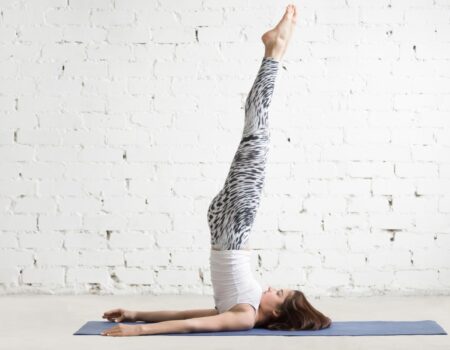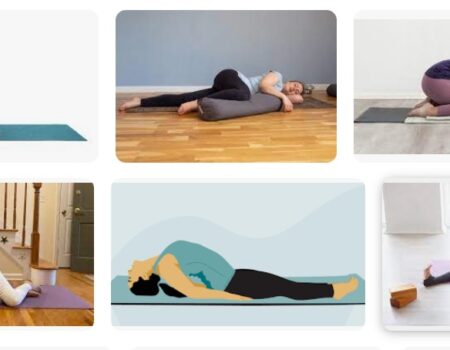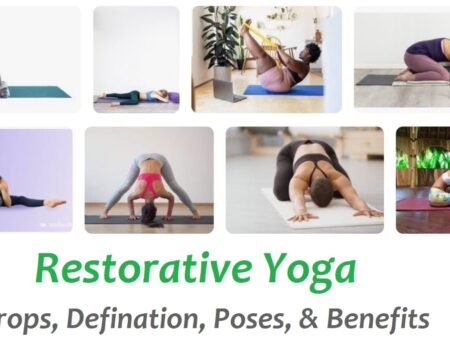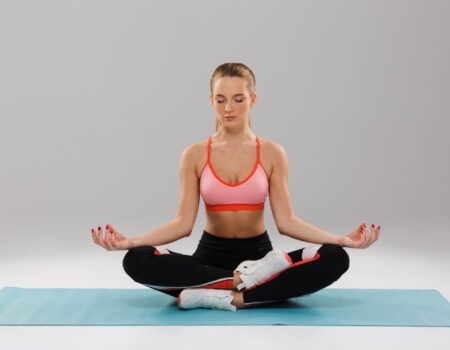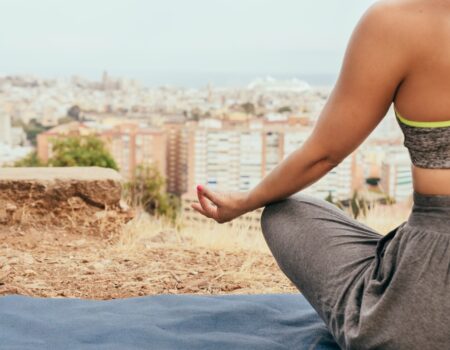Yoga & Fitness: Your Path to Wellness
Yogaflexs always tries its best to meet the requirements and expectations of our visitors by providing knowledge and experience about yoga and healthy living. Our yoga trainer, selected from various organizations worldwide, share their knowledge and experience that you should develop physical and mental growth. We also offer in-depth details on different yoga positions, which include asanas (yoga poses), pranayama (breathing practices), and meditation techniques.

Most Popular Styles of Yoga (types, benefits, level)
| Type of Yoga | Benefits | Level |
|---|---|---|
| Hatha Yoga | Improves flexibility and balance, reduces stress and anxiety | Beginner |
| Vinyasa Yoga | Improves cardiovascular health, builds strength and endurance | Intermediate |
| Iyengar Yoga | Improves posture and alignment, increases focus and concentration | Intermediate |
| Ashtanga Yoga | Builds strength, flexibility, and balance, improves cardiovascular health | Advanced |
| Bikram Yoga | Improves flexibility, balance, and cardiovascular health, promotes weight loss | Beginner to Intermediate |
| Kundalini Yoga | Improves mental clarity, reduces stress and anxiety, increases energy and vitality | Beginner to Intermediate |
| Restorative Yoga | Reduces stress and anxiety, improve sleep, promotes relaxation | Beginner |
| Yin Yoga | Improves flexibility and joint mobility, reduces stress and anxiety | Beginner to Intermediate |
| Power Yoga | Builds strength and endurance, improves flexibility and balance | Intermediate to Advanced |
| Sivananda Yoga | Improves overall physical and mental well-being and promotes relaxation | Beginner |
| Jivamukti Yoga | Improves physical strength, flexibility and balance, promotes spiritual awareness | Intermediate to Advanced |
Yoga Definition & History
Yoga is a practice that originated in India over 5,000 years ago. It is a holistic discipline that aims to unite the mind, body, and spirit, promoting inner peace, well-being, and self-realization.
The history of yoga is primarily based on oral tradition, and it has been recorded in sacred Hindu texts like the Bhagavad Gita and the Yoga Sutras of Patanjali, which outline the principles and practices of yoga and provide a philosophical framework for its teachings.
Over time, various styles and branches of yoga have emerged, each with its unique approach and focus, but all rooted in the original teachings of the ancient sages of India. Nowadays, yoga is widely recognized and practiced as a form of exercise, stress relief, and spiritual development, with millions of people worldwide benefiting from its physical, mental, and emotional advantages.
LATEST
We appreciate your visit to Yogaflex.com. If you have any questions or feedback, please don’t hesitate to contact us. We value input from our visitors.

